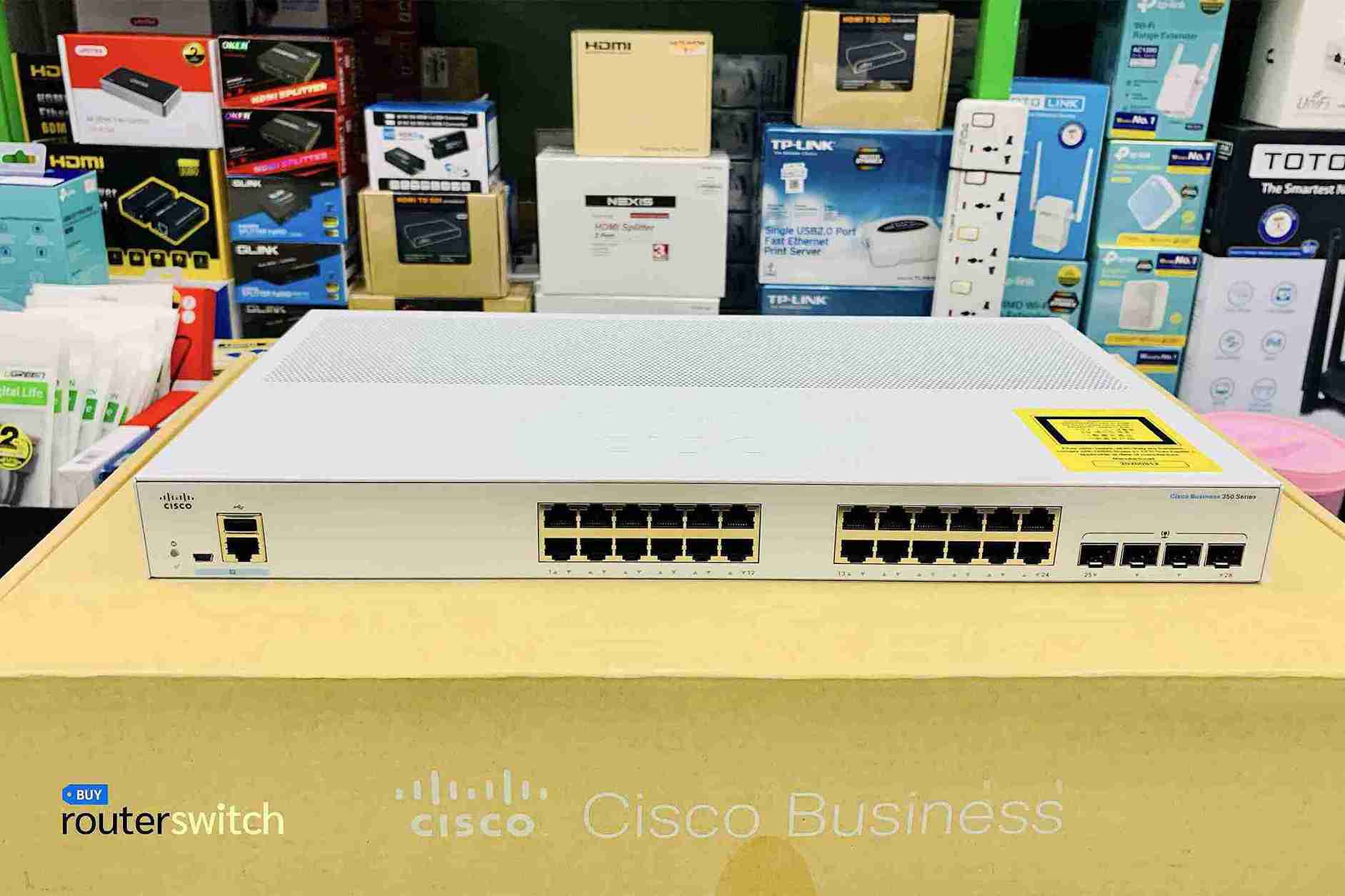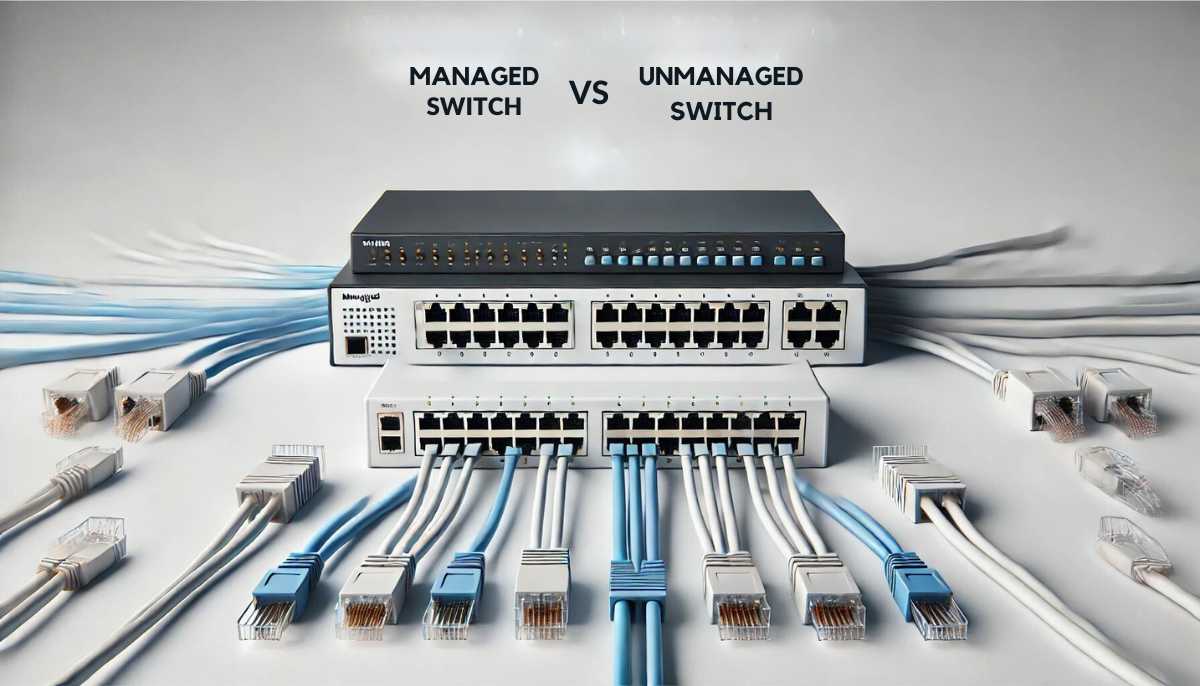Port 8443: Understanding Its Uses and Security Implications
Table of content
Introduction:
In the vast realm of networking, a network port has a significant role. It enables communication between different devices and acts as an endpoint from which communication commences and ends. These ports are available in numbers each with distinguished features, responsibilities, and working principles. Whenever you search for something on your web browser it connects to a website hosting server using some particular network ports, such as port 443 or port 8443. These ports further employ SSL (Secure Sockets Layer) and TLS (Transport Layer Security) certificates for encryption. Are you curious about what port 8443 is? This blog is going to fulfill your curiosity as it holds a comprehensive and in-depth guide on port 8443.
What is the Port 8443?

Port 8443 is an essential component of web communication used as a secure communication channel where HTTPS protocols are employed to send and receive encrypted data. It uses HTTPS protocol, an extension of the Hypertext Transfer Protocol (HTTP) within a secure SSL/TLS encrypted connection. Moreover, HTTPS port 8443 is used in applications that require another setup rather than the default HTTPS port 433. Besides, port 8443 enables secure data transmission between web clients through SSL/TLS encryption that ensures the confidentiality and integrity of data.
Benefits Of Port 8443:
- Port 8443 is used to enable SSL text services in Tomcat and guarantees secure communication and data transmission through encrypted certificates.
- Tomcat uses port 8443 to differentiate SSL text services from the default HTTPS port, which is 443.
What are HTTPS Protocol, SSL, and TLS?

HTTPS protocol functions on an SSL certificate that is installed on a web server and works along with HTTPS protocol to establish secure and encrypted communication and transmission of information. They both work alongside one another where an SSL certificate ensures the authenticity of users when they try to some pieces of information. Presently, the position and responsibilities of SSL have been taken by TLS which performs much better than the previous one.
The Most Common HTTPS Ports:
Understanding Port 443:
According to the Internet Engineering Task Force (IETF), Port 443 is designated as the default port for the HTTPS protocol. Furthermore, this port facilitates the use of an encryption algorithm to secure the exchange of information between web servers and browsers. Before data transmission can occur, it is crucial to intercept network traffic packets, and HTTPS Port 443 accomplishes this by providing security. It is widely recognized as one of the most important and commonly used ports for web browsing. Additionally, Port 443 employs an SSL/TLS certificate to encrypt plain text into cipher text prior to transmission to the server. This encryption process effectively prevents unauthorized data exchanges and transmissions.
Understanding Port 8443:
Distinctively, HTTPS port 8443 serves as an alternative HTTPS port and is the primary protocol used by the Apache Tomcat web server. This port also opens up the SSL text service. Moreover, it is predominantly utilized as a protocol for HTTP and HTTPS Client Authentication connections. A secure and verified pair of keys is essential for encrypting the HTTPS port, which manages traffic by creating an authentication key pair for users operating under a web browser. Subsequently, the server’s authenticity is verified to establish a secure connection.
Difference Between HTTPS Port 433 and Port 8443:
Like the HTTPS port 8443, port 433 also enables encrypted and secure web communication resulting in no threats and intervention from third parties. However, they both differ at their core. The two fundamental factors are mentioned below making all the differences:
A port number, equivalent to 8080 of HTTP, is required when a user accesses port 8443. A user can directly access port 8443 using a domain name.
There is no requirement for a further port number when it comes to port 433. It equals 80 of the HTTP ports that can be accessed using a domain name.
A Quick Comparison Between Port 433 and Port 8443:
| Feature | HTTPS Port 443 | Port 8443 |
| Default Secure Port | Yes | No |
| Common Use Case | Default for websites | Alternative when 443 is unavailable or blocked |
| Flexibility | Constrained if in use/blocked | Offers flexibility as an alternative |
| Configuration in Tomcat | Often configured for SSL | Frequently chosen for SSL/TLS in Apache Tomcat |
| Security Considerations | Robust encryption, certificate management, firewall control | Encryption strength, SSL/TLS management, firewall configurations |
| Load Balancing Scenarios | Common in load balancing | Frequently used when 443 is allocated |
| Applications | Widely used for secure web communication | Common in scenarios where 443 is occupied |
| Proxy Servers | Used in proxy setups for security | Proxy servers may use for secure connections |
| Alternative Ports | 4433, among others | 443, 4443, among others |
Common Use Case of Port 8443:
Secure Web Access:
Port 8443 is utilized when HTTPS port 433 is either unavailable or occupied. In such scenarios, HTTPS port 8443 is the best option for secure web access.
Application Servers:
Many application servers like Tomcat and GlassFish use HTTPS port 8443 to set up secure web communication. In addition, web-based applications also use it as the default secure port.
Proxy Servers:
Load balancers and proxy servers can use HTTPS port 8443 to address secure connections proficiently. It helps them manage the traffic by distributing it among backend servers.
Network Accessories:
Some network devices like switches and routers that have web-based management interfaces can use port 8443 for secure access.
Security Concerns in Port 8443:
SSL/TLS Encryption:
To begin with, when setting up secure web communication through HTTPS port 8443, it’s crucial to verify that the SSL/TLS certificates are authentic and correctly configured.
Firewall Configurations:
Furthermore, network administrators must ensure that firewalls are configured to allow only authentic traffic on port 8443. Additional restrictions can significantly enhance security by reducing third-party exposure.
Access Control:
Lastly, it’s essential to implement robust access control mechanisms to limit access to services that utilize port 8443. This should include stringent practices in authentication, authorization, and accounting to fortify security measures.
Conclusion:
To set up secure web communication, it is crucial to have your feet in HTTPS ports, such as port 433 and port 8443. Further, you must learn about the use cases, working principles, benefits, and distinctions from HTTPS port 433. In this blog, we have discussed almost everything worth knowing about port 8443 and hope to have provided you with the best possible guide. You need not shy in case of any queries; we are always here to help you out.
Frequently Asked Questions:
How can I assure the confidentiality of data transmitted through port 8443?
You can analyze the integrity and security of data transmitted through port 8443 by implementing robust encryption algorithms. Additionally, You can ensure data security by updating SSL/TLS certificates associated with the port on a daily basis and managing firewall configurations to restrict unauthorized access.
Is there any difference between HTTPS port 8443 and port 433?
There can be some similarities at some level but there are considerable distinctions present between port 8443 and port 433. Port 8443 is employed by Apache Tomcat open SSL text service to avoid conflicts while port 433 is a web communication channel that ensures secure data transmission between browsers and servers.
How to enable port 433?
By accessing the server configuration depending on the type of server and checking for port 433 availability, you can enable HTTPS port 433.
How to enable port 8443?
The process of enabling port 8443 goes the same as port 433. After configuring the firewall and DNS records, you can check the connectivity over Port 8443 in the same way.
What are the most common HTTPS ports?
HTTPS port 433 and port 8443 are the most common and widely considered ports in web communication. Their presence can be witnessed in almost every type of web communication and data transmission.




 Catalog
Catalog





















































































































 (800) 870-9487
(800) 870-9487